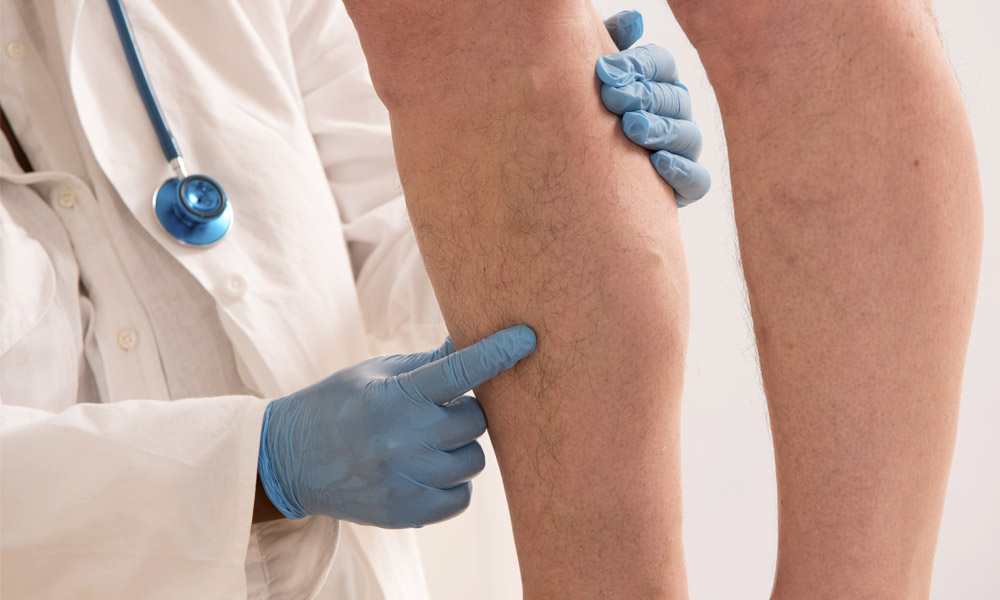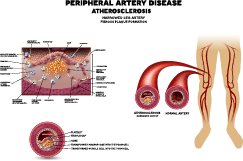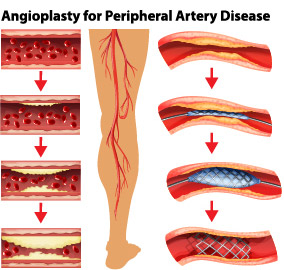What is Peripheral Artery Disease (PAD)?

At Cardiovascular Labs of America, one of the most common diseases we diagnose is Peripheral Artery Disease. PAD has many causes and symptoms, but the team of professionals at Cardiovascular Labs of America are trained to spot and treat each early and with minimally invasive techniques.

Peripheral Artery Disease, also known as PAD, is a fairly common disease that affects over 155 million people worldwide including nearly 16 million Americans. Even though PAD is a common disease, it is also one of the most under-diagnosed, even though early diagnosing could save your life.
PAD is caused when arteries narrow due to a build up of plaque in the legs and/or arms, but most commonly in the legs. The Arteries harden and narrow (a process called atherosclerosis) and blood flow to the legs and feet is significantly reduced.
One of the most common complaints by patients diagnosed with PAD is coldness in the feet and legs; CLA’s Dr. Sunjay Wagle explains, “PAD is poor blood circulation in the legs because of plaque build up. When this happens your legs and your feet cannot receive the proper nutrition. That is why your legs feel cold.”
PAD can cause a wide variety of symptoms ranging from a constant cold feeling in the legs, all the way to ulcers or sores that refuse to heal, or even more serious symptoms such as gangrene, which can lead to amputation of an appendage or limb. There is also a risk that the arteries carrying blood to the heart and brain may be affected, increasing your overall risk of heart attack or stroke.
Serious cases of PAD may require Angioplastic surgery, but if caught early enough, PAD can be treated with simple medications. Most patients find that an increase in physical activity can lead to significant lifestyle changes and a reduced risk of heart health issues.
At Cardiovascular Labs of America, we want to help you diagnose any cardiovascular issues early and figure out which treatment path is right for you.
If you have a history of smoking or are over the age of 50, you might be at greater risk of PAD, and are encouraged to read about Signs and Symptoms of PAD to find out if you should seek medical attention and get on the road to recovery.
Also Read: The One Easy Thing All People Should Do To Reduce Leg Pain In Peripheral Artery Disease Patients



Leave a Comments
You must be logged in to post a comment.